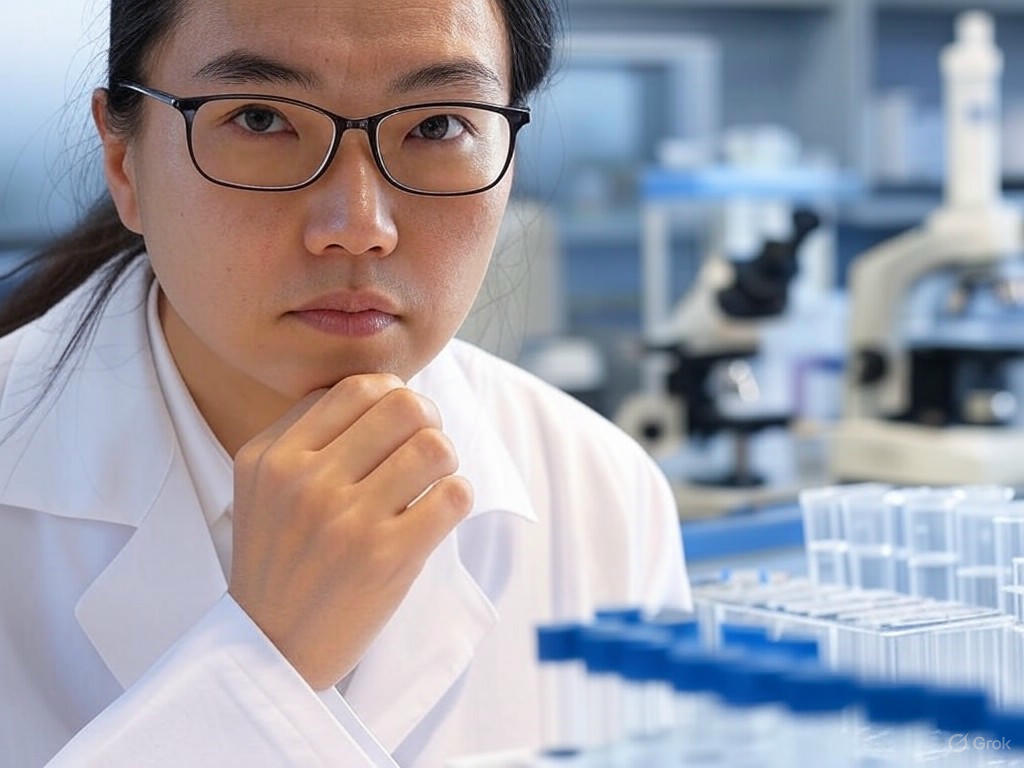Breakthrough in Cancer Treatment: Unlocking the Secrets of a Life-Saving Drug
In a groundbreaking achievement, a team of Danish researchers has unraveled a decades-old enigma surrounding one of the most vital cancer treatments known to medicine. For over 30 years, the complex production of a powerful chemotherapy drug, widely used to combat breast, ovarian, lung, and cervical cancers, has puzzled scientists. This drug, celebrated for its effectiveness, has saved countless lives but has long been challenging and costly to produce due to its intricate natural origins. Now, this scientific triumph promises to revolutionize how this critical medication is manufactured, potentially making it more accessible and affordable to patients worldwide.
The drug in question is derived from a rare natural compound, historically extracted from the bark of a specific tree species. Harvesting this resource was not only labor-intensive but also environmentally unsustainable, as it required destroying large numbers of trees to produce even small quantities of the medicine. Over the years, synthetic alternatives and semi-synthetic methods were developed, but they remained expensive and complex, limiting the drug’s availability in many regions. The Danish team’s discovery focuses on decoding the complete biological pathway of the compound’s creation at a molecular level. By mapping out this intricate process, they have paved the way for producing the drug using yeast as a sustainable and efficient host. This innovative approach mimics the natural biosynthesis but does so in a controlled, eco-friendly manner, drastically reducing both cost and environmental impact.
What makes this discovery even more remarkable is its potential to transform global healthcare. With cancer rates continuing to rise, the demand for effective and affordable treatments has never been higher. The yeast-based production method could scale up manufacturing, ensuring that more patients, especially in low-income areas, gain access to this life-saving therapy. Additionally, the research opens doors to further studies on similar compounds, potentially leading to the development of new drugs with enhanced effectiveness or fewer side effects. The team behind this breakthrough believes their findings could inspire a wave of innovation in biotechnology, where sustainable production methods become the norm for complex medications.
As the world celebrates this monumental step forward, there is hope that the days of limited access to critical cancer treatments are numbered. While further testing and regulatory approvals are needed before this new production method becomes widely available, the future looks promising. The dedication of these scientists reminds us of the power of persistence and innovation in overcoming even the most daunting challenges. Their work not only honors the millions who have battled cancer but also offers a brighter outlook for those yet to face this disease. With this discovery, a once-elusive ‘holy grail’ of cancer treatment is within closer reach, symbolizing a new era of hope and healing for humanity.


